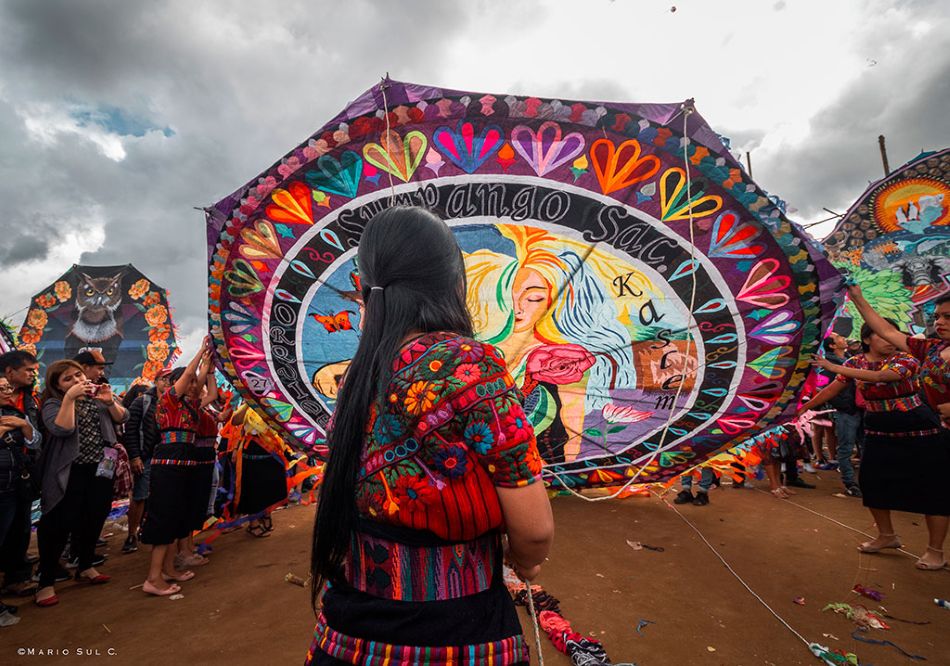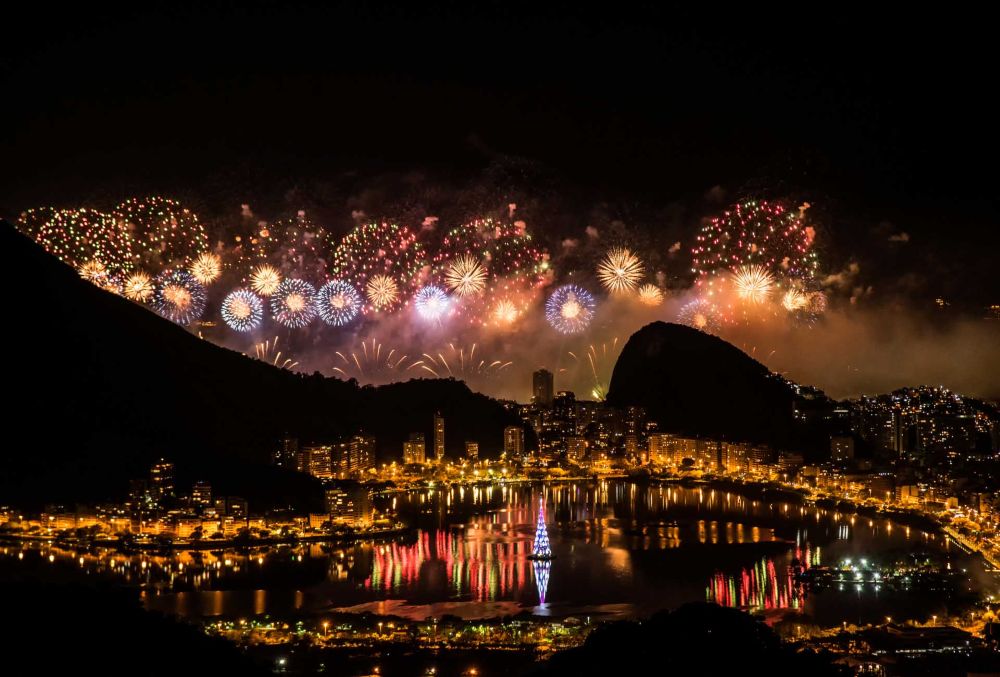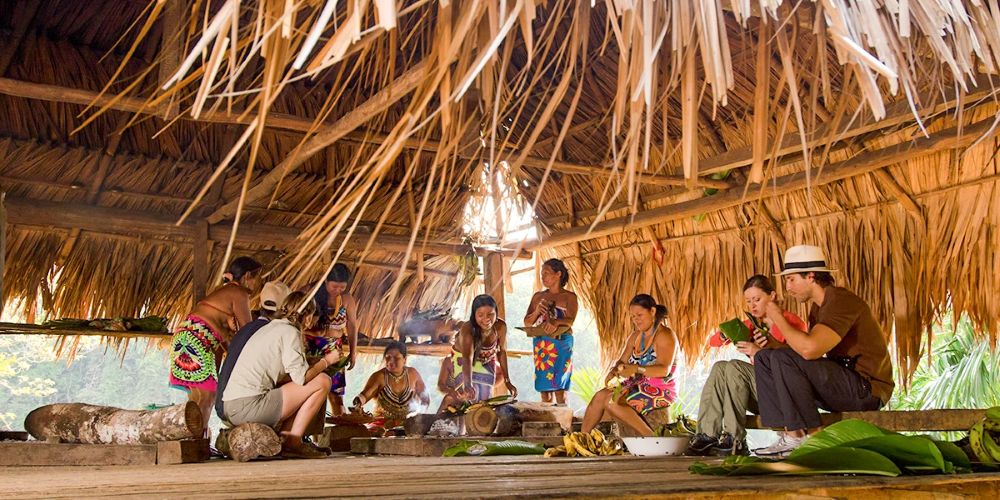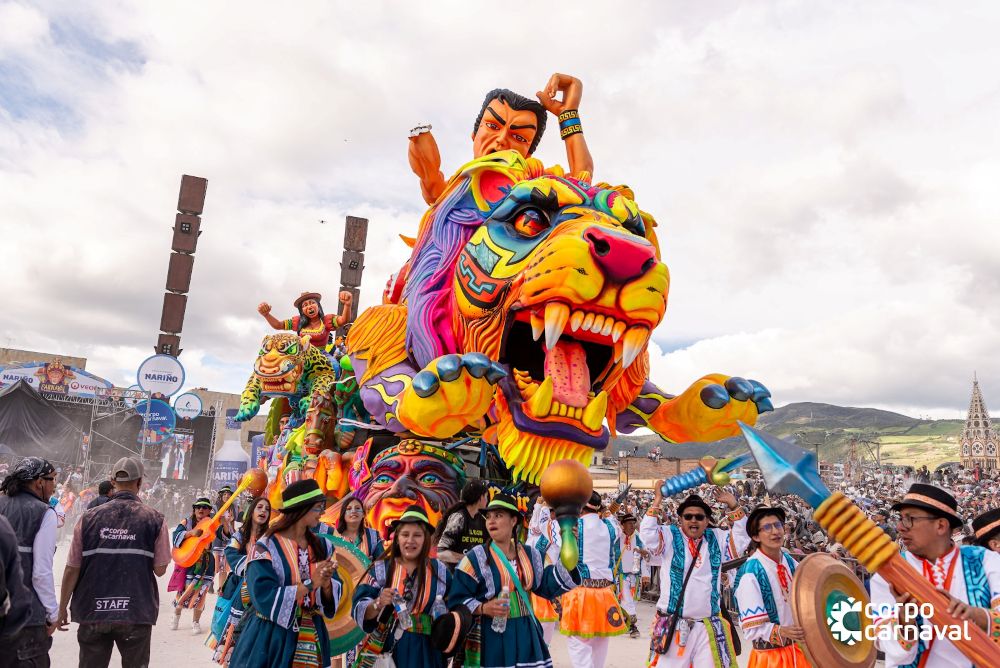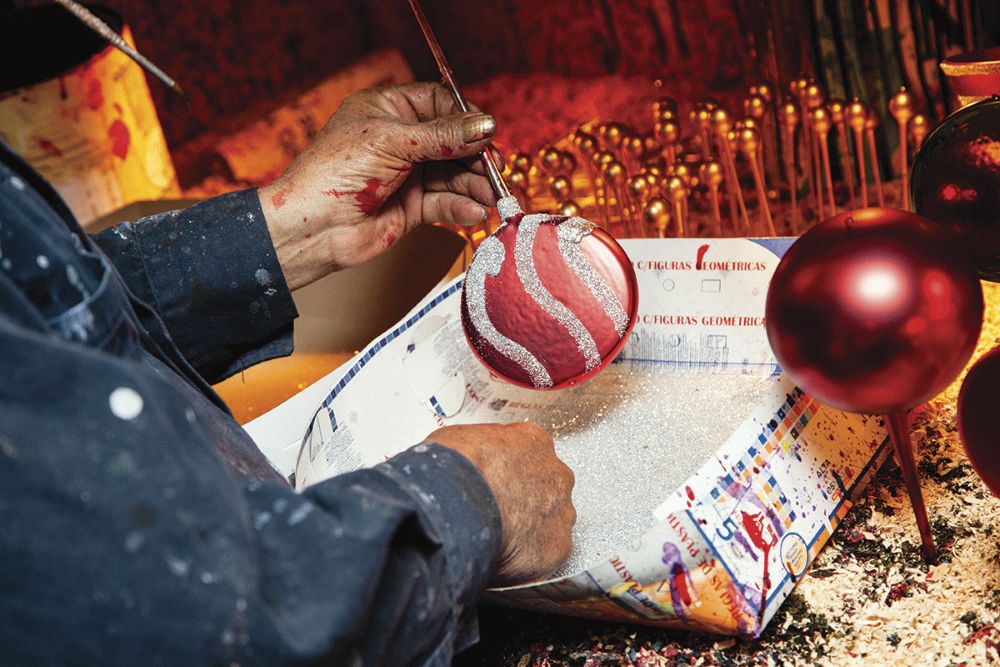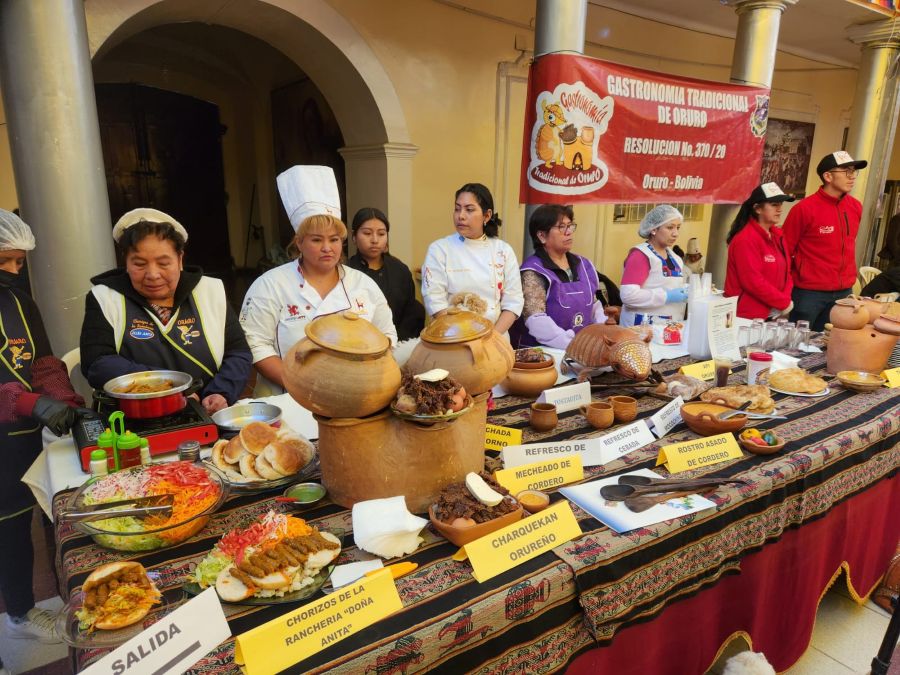In Latin America, November is marked by traditions that transcend borders, popular festivals that unite entire cities, and international gatherings that set the pace for the tourism and events industry.
Giant Kite Festival of Sumpango – Guatemala (November 1)
On the first day of the year’s penultimate month, the sky over Sumpango fills with color as huge kites soar above the municipal cemetery. These handmade structures, crafted from tissue paper and bamboo, are part of the traditional Giant Kite Festival — a celebration that combines art, spirituality, and remembrance of the departed.
Recognized as Guatemala’s Cultural Heritage, the event brings together communities that devote months to creating these ephemeral works, believed to communicate with ancestral spirits. Located just 30 kilometers from Antigua, the festival attracts over 80,000 national and international visitors each year. In 2025, it will hold special meaning as it marks Sumpango’s bicentennial as a municipality.
LGBT Pride March – Buenos Aires, Argentina (November 1)
Every year, on the first Saturday of November, Buenos Aires bursts into music and color for one of the continent’s most iconic demonstrations. The date has symbolic significance: it honors Nuestro Mundo (“Our World”), the pioneering group in the defense of sexual diversity rights in Argentina.
For its 34th edition, held under the slogan “Against hate and violence: more pride and unity,” the capital will once again welcome thousands of participants between Plaza de Mayo and Congress, with fairs, concerts, and the traditional parade through the historic center. This event reinforces Buenos Aires’ reputation as an open, inclusive, and deeply cultural destination.
Day of the Dead – Mexico (November 1–2)
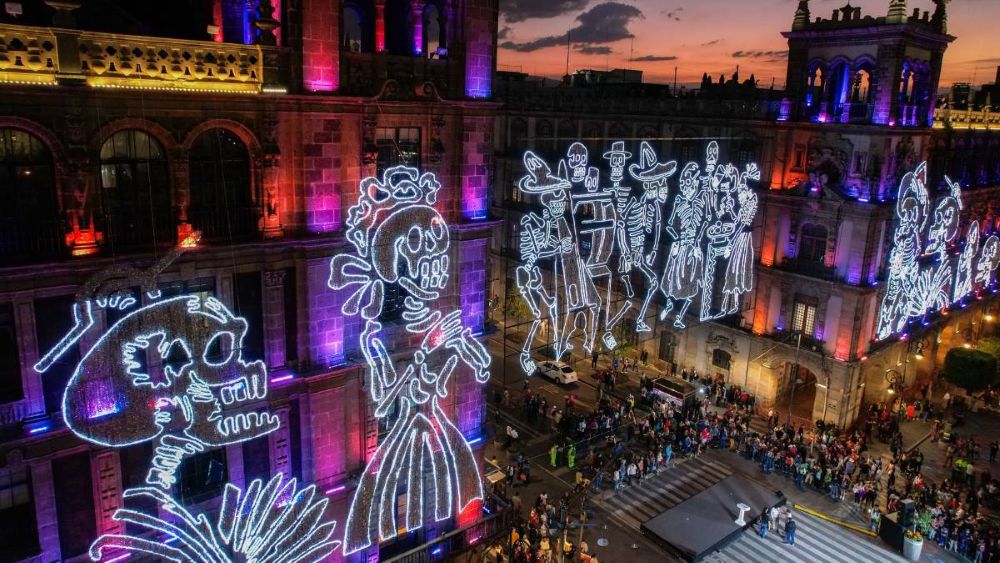
Inscribed on UNESCO’s Intangible Cultural Heritage list, the Day of the Dead combines pre-Hispanic roots and Catholic traditions in a ritual that attracts visitors from around the world.
Oaxaca and Pátzcuaro stand out for their traditional ceremonies, while in Mexico City the Zócalo becomes the main stage with its monumental altar, artistic installations, and public performances. In 2024, the official parade drew over 1.3 million people, with total attendance surpassing 3.3 million in the capital.
The magnitude and organization of this celebration reaffirm its role as a major cultural expression of Mexico, now recognized internationally.
Our article: The Day of the Dead in Mexico: Between Tradition and Celebration
Independence Festivities – Cartagena, Colombia (November 6–17)
Cartagena’s Independence Festivities commemorate the proclamation of November 11, 1811 — the first of its kind in the Viceroyalty of New Granada. While the historic date remains central, the celebrations extend throughout the week, featuring parades, street performances, and ceremonies honoring Afro-Caribbean culture and local pride.
This year, the Independence Decree will be celebrated on November 13, followed by the Nautical Festival on the 14th and 15th, with international artists such as Maluma, Carlos Vives, and Marc Anthony. The National and Popular Beauty Contest will also take place, with schools and public spaces hosting preparatory events throughout the month.
IBTM World – Barcelona, Spain (November 18–20)
Fira Barcelona Gran Via will become the global epicenter of the events industry, bringing together more than 2,650 buyers from all sectors.
The 2025 edition introduces the Exceptional Experiences program, designed to help event organizers and marketers create experiences that drive business growth.
Innovation professionals will also attend IBTM Ignite, a space where over 80 startups will showcase cutting-edge solutions in event technology, sustainability, and inclusion — offering a glimpse into the sector’s future and unique networking opportunities with investors and advisors.
Copa Libertadores Final – Lima, Peru (November 29)
South America’s most prestigious club tournament reaches its decisive stage. Between October 22 and 30, the semifinals will feature Flamengo (Brazil) vs. Racing Club (Argentina) and Palmeiras (Brazil) vs. LDU Quito (Ecuador).
The winners will meet at Lima’s Estadio Monumental, which will host the final for the second time, after the historic 2019 edition when Flamengo claimed the title against River Plate.
With a capacity of over 80,000 spectators, the Monumental remains one of the largest and most iconic stadiums on the continent — home to Peru’s national team and the stage for countless legendary matches.
Each of these events illustrates how the continent continuously renews its symbols without losing its roots.
As the year draws to a close, they remind us that the Latin American calendar is, above all, a constant celebration of sharing, tradition, heritage, and the joy of its people.
Photos: Enrique Chiquitó | Gobierno de la Ciudad de México

